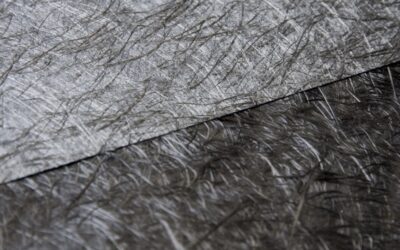FAQ
Carbon Conversions offers recycling solutions to companies that need to dispose of excess carbon fiber from decommisioned parts.
Frequently Asked
Questions
What is "Excess" Carbon Fiber?
It is carbon fiber in any form or combined in any mixture which in its existing state, quantity or location does not have enough value to be consumed by the owner or user in their operations. Historically this material has been referred to as scrap.
How much excess carbon fiber is generated annually?
Why such a high scrap rate and is that rate coming down?
How much is currently recycled?
How does Carbon Conversions change that paradigm?
Why not repurpose excess carbon rather than recycle it?
Is recycled carbon fiber as good as new (prime) carbon fiber?
What standards, certifications or third party endorsements are available with respect to recycled carbon fiber?
How much does recycled carbon fiber cost and how does total cost as used downstream compare to prime carbon fibers?
Where is the recycled carbon fiber (RCF) industry headed?
What terms and conditions apply to Carbon Conversions sales?
What terms and conditions apply to sellers doing business with Carbon Conversions?
Our News
Vermont SportsCar (VSC) Partnership: Achieving Sustainability Goals
In partnership with C12 Technology, CCI launches re-Evo® RRC, the first ever recycled carbon fiber material which can be rotationally molded.
Carbon Conversions Introduces re-Evo® RRC
In partnership with C12 Technology, CCI launches re-Evo® RRC, the first ever recycled carbon fiber material which can be rotationally molded.
RECARO Racing Seat Shell with Recycled Carbon Fiber
We are excited to congratulate RECARO on the FIRST EVER auto racing seat shell infused with recycled carbon fiber.



